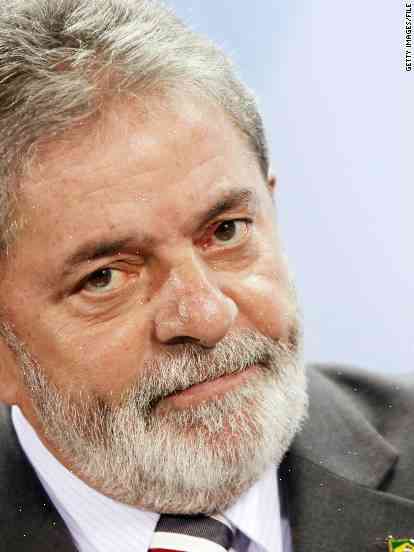Luiz Inacio Lula da Silva Fast Facts
Lula did not just win a presidential election. The opposition party did, too, but it was to bring the country to a standstill for the greater good of the poor, the weak, and the country’s youth.
A quarter of Brazilian voters decided, in the elections of March 4, that Lula was going to be the next President of the republic, with a massive 78% of the vote.
The only problem for Lula from the start was that he had not won. He had only won, as so many politicians do, by “getting by” the opposition. And the opposition had so many of its members and candidates imprisoned on corruption charges that it was not at all clear that it could be counted on to support Lula as president.
The “Lava Jato” (“the Lava,” or “fire,” in Portuguese) scandal began in April 2013 when a group of Lava Jato investigators found that the government had paid off politicians and company executives, including Petrobras executives and directors, to help it win contracts. The scandal also involved the government’s decision to privatize the state-controlled gas company, Gazprom, in the same year. Lula’s first term in office was cut short by the corruption scandal, which was referred to in his speeches as “Lava Jato 2.0.”
The Lava Jato investigation went on for years and included many different politicians and government officials, but it was Lula who was, at the beginning, the only one involved in a criminal conspiracy that could have resulted in the jailing of the President and his aides.
Lula’s first term, lasting from January 2002 to December 2006, had begun with a national wave of outrage, in 2003, over the imprisonment of Lula’s former friend, Luiz Inácio Lula da Silva, a former president of Brazil. That imprisonment had caused a national uproar, during which Lula, the first “citizen of a republic” to be elected President,

